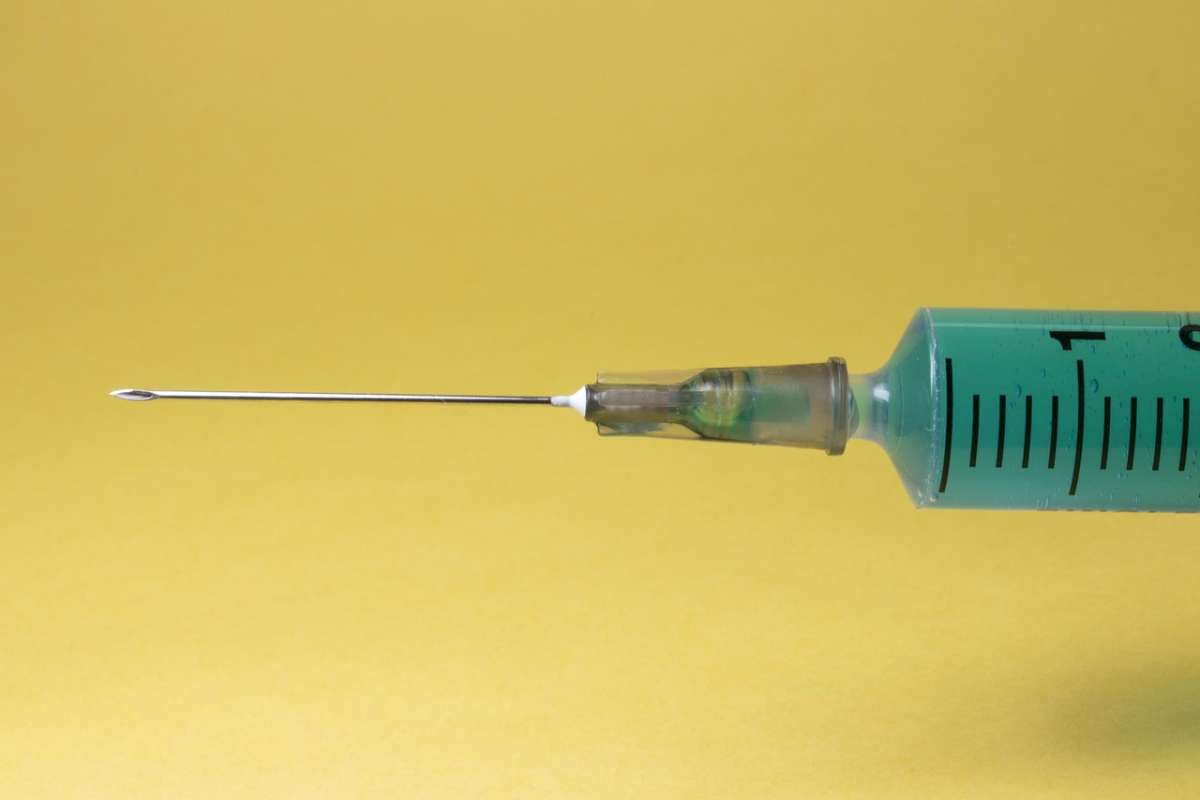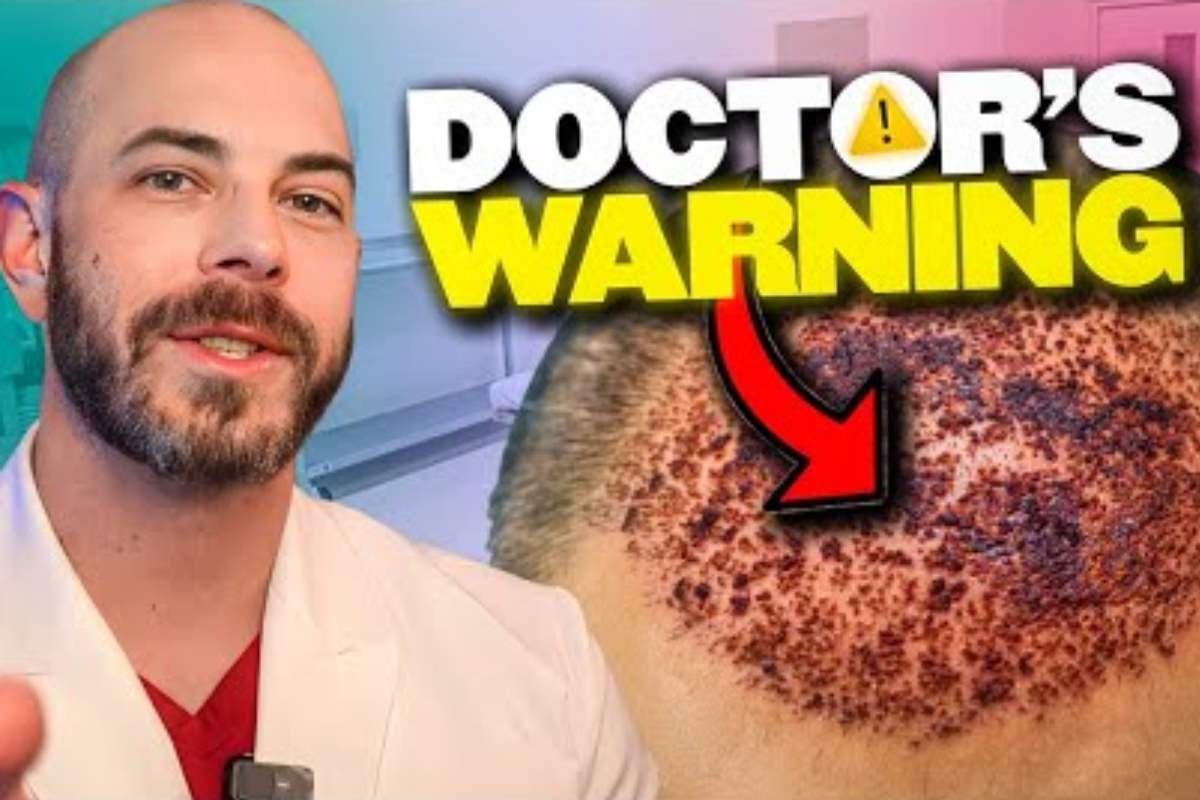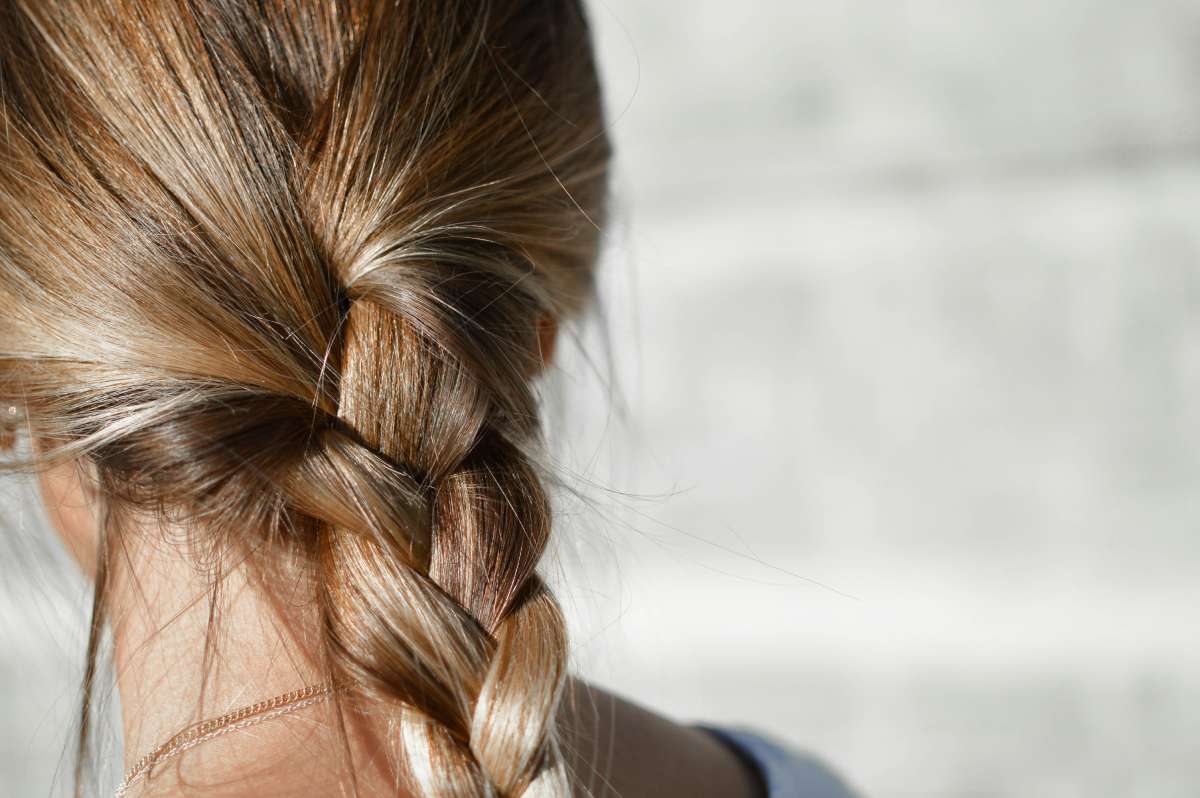Hot tubs, close shaves, and hair transplant surgery all have something in common: they can all lead to cases of folliculitis.
In short, folliculitis is When hair follicles become inflamed or infected, which can result in those annoying little pimple-like bumps that pop up on your skin.
Though the majority of cases are more annoying than dangerous, untreated folliculitis can evolve into bigger problems.
What Is Folliculitis or an Infected Hair Follicle?
Folliculitis is one of the most common conditions affecting skin. It occurs when hair follicles get rubbed, blocked or infected causing a small red bump or pustule to form around a hair.
Folliculitis can appear anywhere on your body where you can grow hair, but it is most common on the scalp, beard/neck, torso and legs.
What Does Folliculitis Have to Do With Hair Transplants?
Undergoing a hair transplant or hair restoration surgery can also cause folliculitis; Usually occurring between the first couple of weeks post-procedure up to about six months. A few bumps here are there is normal, but more than that should be reported to your doctor immediately.
Through the process of the hair transplant, grafted hairs are placed into small holes in the balding areas. These initial grafts, or newly emerging hairs, can become ingrown. Typically, this is minor and the ingrown hair follicles will clear up on their own without any negative effects on the grafts. However, if you experience excessive bumps, pustules, pain, redness, or see more than five inflamed follicles at a time, call your doctor because left unchecked, folliculitis definitely will decrease the final growth of your transplant.
When it comes to shaving, every time you run the blade over your skin, it traumatizes or irritates follicles. It can also introduces dirt and bacteria living on your razor into your skin. Shaving very close, especially in patients with very coarse or afro-centric hair often leads to folliculitis in the beard & neck area. Also, repeatedly shaving over the same area increases the chances of developing folliculitis.
Hot tubs are known for a particular type of folliculitis caused by Pseudomonas aeruginosa bacteria. This comes from not maintaining proper chemicals in the hot water and allowing this bacteria to over grow. Keeping your chemicals in check will prevent this.
Symptoms of Folliculitis
Also known as razor bumps, barber’s itch, hot tub rash, heat rash or shaving rash; folliculitis can cause symptoms beyond just unsightly red bumps. These may include:
- Bumps with whiteheads
- Pus-filled bumps that can break open and scab over
- Itchiness
- Tenderness
- Painful skin
- Dark spots and scars
Folliculitis Can Cause Serious Issues if Left Untreated
While the symptoms mentioned above are typically not serious, they can lead to more serious issues if left untreated. Some of these more serious issues can include the following:
Abscess Formation – Without proper treatment, the infection can progress, leading to the formation of painful abscesses or “boils” filled with pus.
Furuncles and Carbuncles – These are more extensive and deeper abscesses that can develop from untreated folliculitis. They often require medical intervention, such as drainage or antibiotics.
Cellulitis – Untreated folliculitis may cause the infection to spread to nearby tissues, resulting in cellulitis. This condition involves red, swollen, and tender skin, which can be serious if it spreads throughout the body.
Erysipelas – In some cases, the infection can spread to the lymphatic system, causing erysipelas, similar to cellulitis. This is a superficial skin infection characterized by a raised, red rash with well-defined borders.
Scarring – Persistent or severe cases of folliculitis that are left untreated may cause scarring, especially if the affected area becomes repeatedly inflamed. This scarring can also hinder hair growth. Skin of color is more prone to keloid scars, or large dark bulbous scars, which can start from something as simple as an ingrown hair.
Systemic Infection – Although rare, untreated folliculitis can lead to a systemic infection, where the bacteria enter the bloodstream and spread throughout the body, potentially causing sepsis, a life-threatening condition.
Hair Loss – Chronic folliculitis can damage hair follicles, leading to hair loss in the affected area.
What Causes Folliculitis?
Folliculitis is technically the general term for any problem that causes an inflammation or infection of your hair follicle.
Folliculitis after hair transplantation is almost always “sterile folliculitis” meaning that it is not caused by bacteria or not infectious.
When it is infectious, folliculitis is most often caused by Staphylococcus aureus (Staph). Though “staph” is sometimes associated with life-threatening infections, this is actually a very common bacterium with 30% of the general population regularly carrying it, according to the CDC.
However, folliculitis can also be caused by other factors including:
- Yeast
- Fungus
- Shaving
- Ingrown hairs
- Occlusive Clothing, Helmets or Straps
- Excess sweat
- Dirt
- Medications
- Hormones (anabolic steroids)
How Can I Treat an Infected Hair Follicle?
First of all, don’t pick! Picking at your skin only makes things worse and increases the chance for scarring.
Treatment starts with proper skin care. Carefully clean the area twice a day with an antibacterial soap or medicated shampoo (such as zinc pyrithione). Do not use a loofa! Clean fingertips are your best cleansing tool, and always use a clean towel or washcloth.
Over the counter acne remedies can be helpful. Acne washes or gels contain salicylic acid or benzoyl peroxide which help unclog follicles, kill bacteria and reduce inflammation. Avoid products that are oily or greasy, as they can clog pores and worsen folliculitis.
For the majority of people, the condition resolves with simple skin care. However, sometimes cases are stubborn. If the irritated area is growing, keeps reoccurring, causes excessive pain, or looks infected, see a Board Certified Dermatologist.
A Dermatologist can usually diagnose the problem instantly simply by examining you, or they may do a quick swab test to verify an underlying infection. Depending on the severity, they may prescribe oral or topical medications, which include antibiotics, antifungals or steroids.
How Can I Prevent Folliculitis?
If bacteria, dirt, sweat, occlusive clothing, friction, poorly hygiene, occlusive agents blocking pores, or medications like testosterone are causing the problem, avoiding these culprits is the key when it comes to preventing future bumps.
To prevent folliculitis from shaving, always use a clean razor blade and shave IN THE DIRECTION of the hair NOT AGAINST it. Avoid shaving too close or more often than necessary to minimize chances of follicle irritation.
Avoid tight clothes that trap sweat, heat, and other particles close to your skin. You should change clothes as soon as possible after a workout. Also, ensure that all clothes and towels are properly washed after each use.
Folliculitis is rarely contagious, but it should go without saying that sharing sweaty or dirty clothes and sporting gear should also be avoided. When participating in contact sports like football or wrestling, it can be helpful to keep antibacterial wipes or OTC acne pads in your bag to wipe the gear and/or your body before and after use.
Even if your folliculitis is mild and resolves quickly, it’s important to prevent reoccurrences. Small infections can become serious, leading to abscesses or other more serious infections. Also, folliculitis where you have “terminal hair” like the scalp and beard areas can eventually cause scarring and hair loss if left unchecked.
At the Limmer Hair Transplant Center we are concerned about all aspects of your hair care. We want your hair restoration results to be their very best and preventing and treating folliculitis can be part of that. Any inflammation of the scalp is not good for native or transplanted hair so recognizing and treating it are important for healthy hair growth.







